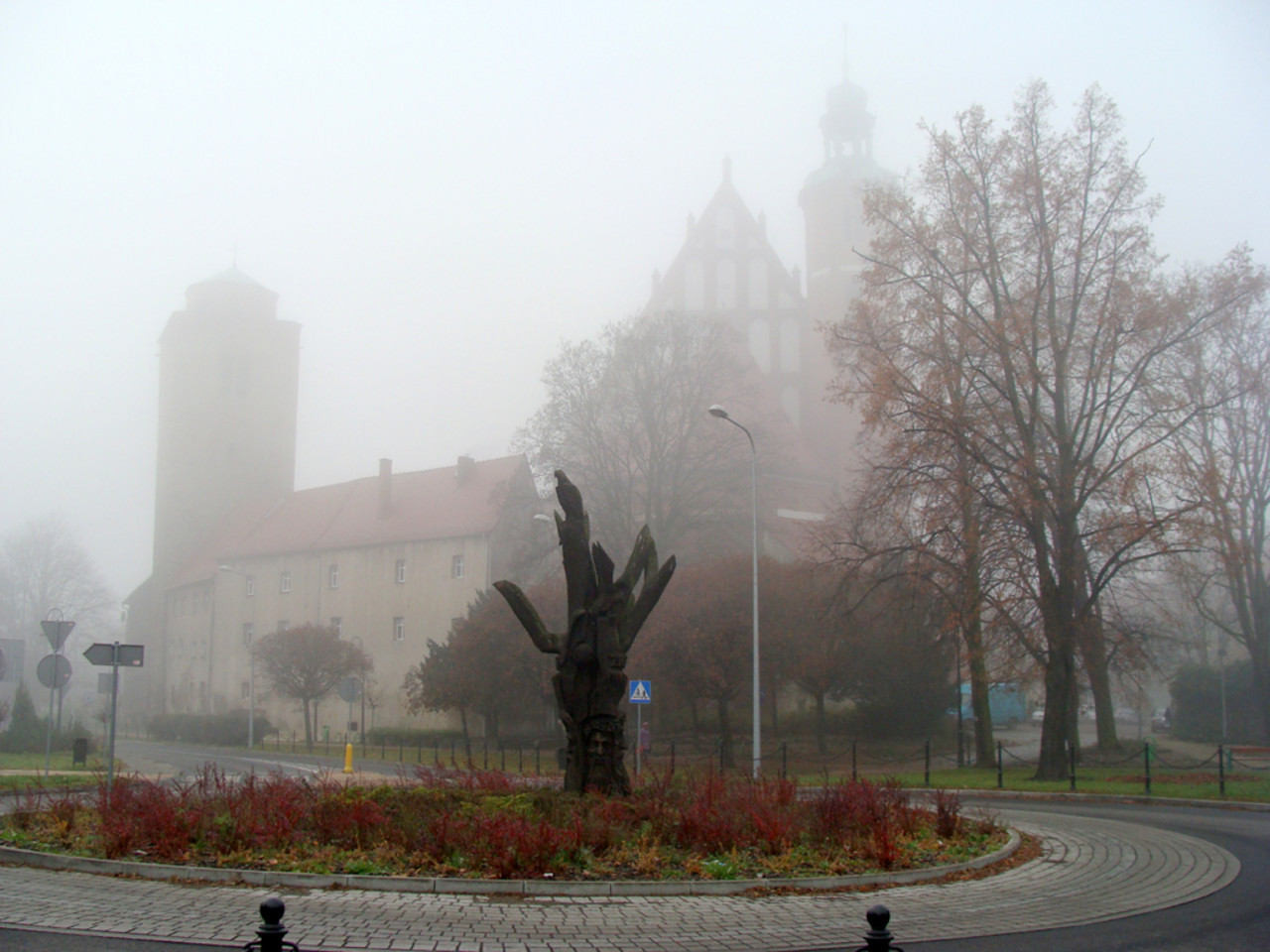Beyond the Horror: A Cinematic Journey
페이지 정보
작성자 Sherrill 작성일 25-06-19 21:30 조회 4 댓글 0본문
Horror has been an integral part of the film industry since its birth, captivating audiences with a mix of anxiety, suspense, and thrill. Throughout its history, horror films have evolved significantly, reflecting the societal and cultural changes that shaped the world they portrayed. In this article, we will delve into the evolution of horror films, exploring the various eras and the key films that defined them.

The Early Days of Horror (1900s-1920s)
The early days of horror cinema were heavily influenced by the works of German Expressionist filmmakers, such as F.W. Murnau and Robert Wiene. Their films, which included "Nosferatu" (1922) and "Casa Veras" (1920), introduced the eerie and unsettling mood that became a staple of the horror genre. These films often featured abstract settings, distorted characters, and a focus on the emotional and psychological states of the protagonists.
The Golden Age of Horror (1930s-1940s)
The 1930s to 1940s are often referred to as the Classic Era of Horror. This era saw the rise of Paramount Studios, which produced some of the most iconic horror films of all time, including "Dracula" (1931), "The Monster" (1931), and "Man Without a Face" (1933). These films cemented the status of classic monsters, like Dracula, Frankenstein's monster, and the Werewolf, as cultural icons.
The Era of Psychoanalysis (1940s-1950s)
Following World War II, horror films began to reflect the psychoanalytic theories that were popular at the time. Films like "The Shrink" (1960) and "Stalker" (1960) explored themes of trauma, repression, and the human psyche. These films often featured unstable protagonists and a focus on the dark, subconscious emotions that drove their actions.
The Exploitation and B-Movies Era (1960s-1970s)
The 1960s and 1970s saw the rise of exploitation movies, which catered to a more adult audience. Films like "Dead Alive" (1968) and "Saw Massacre" (1974) pushed the boundaries of on-screen bloodshed and gore, while also exploring themes of corruption, social unrest, and revolt.
The New Wave of Horror (1980s-1990s)
The 1980s and 1990s experienced a resurgence in horror films, thanks in part to the rise of indie filmmakers and the influence of foreign horror movies. Films like "The Evil Dead" (1981) and "Rebirth" (1985) introduced a new level of explicit violence and dark wit, to the genre. This era also saw the rise of the slasher genre, with iconic villains like Jason Voorhees and Mike becoming household names.
The Modern Era of Horror (2000s-present)
The 21st century has seen a significant change in the horror genre, with the rise of shaky cam films, indie films, and international movies. Films like "The Blair Witch Project" (1999) and "Paranormal Activity" (2007) popularized the found recorded style, while films like "Escape" (2017) and "Silent Scream" (2018) pushed the boundaries of human commentary and psychological horror.
Throughout the evolution of horror films, one thing remains constant - the power of fear to captivate and test audiences. As we continue to push the boundaries of what is deemed acceptable on screen, Обзоры фильмов и сериалов the horror genre remains a reflection of our deepest fears, anxieties, and desires. Whether you're a fan of classic Paramount monsters or the latest independent horror sensation, there's no denying the enduring appeal of horror films.
댓글목록 0
등록된 댓글이 없습니다.
